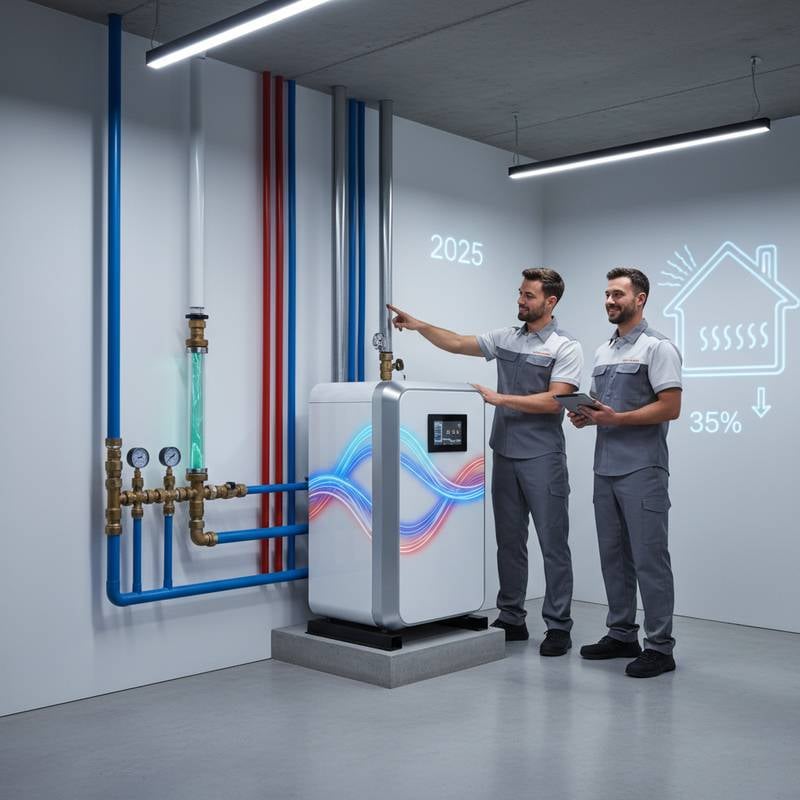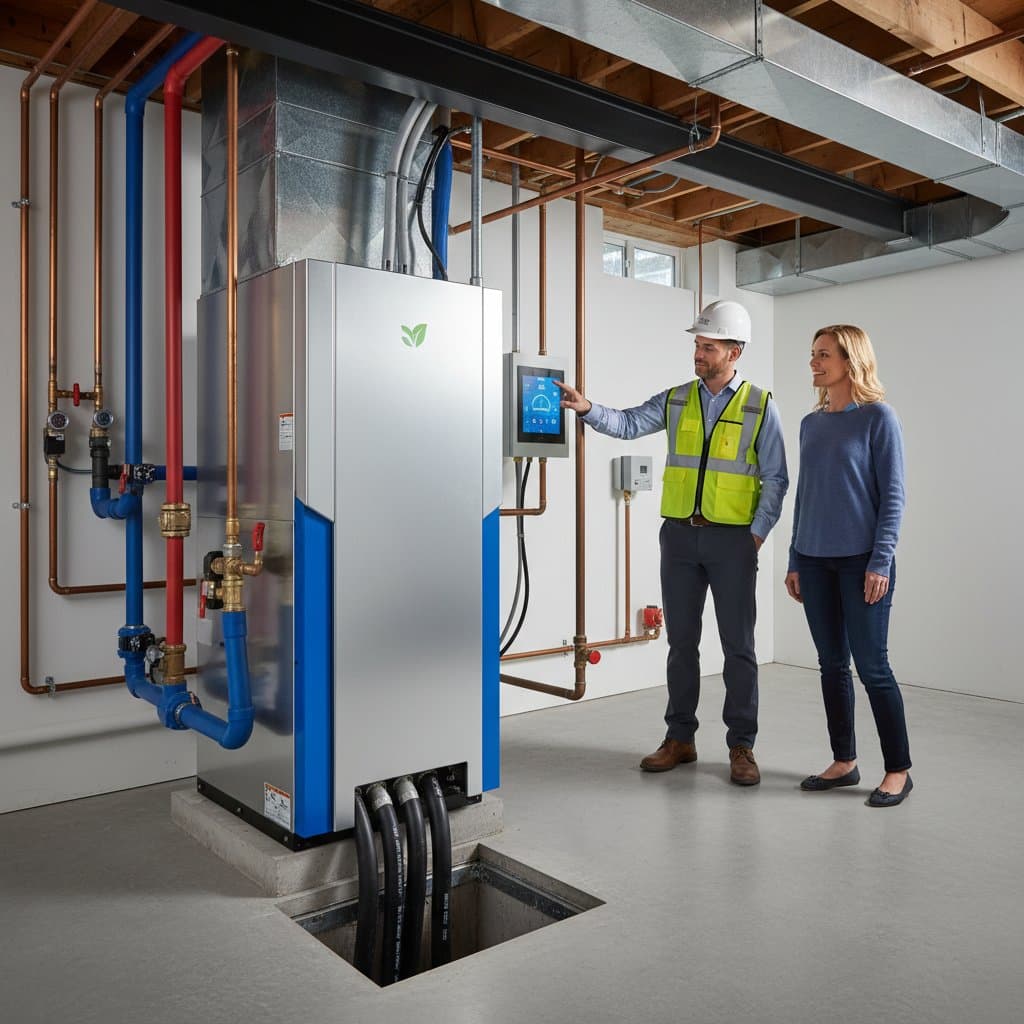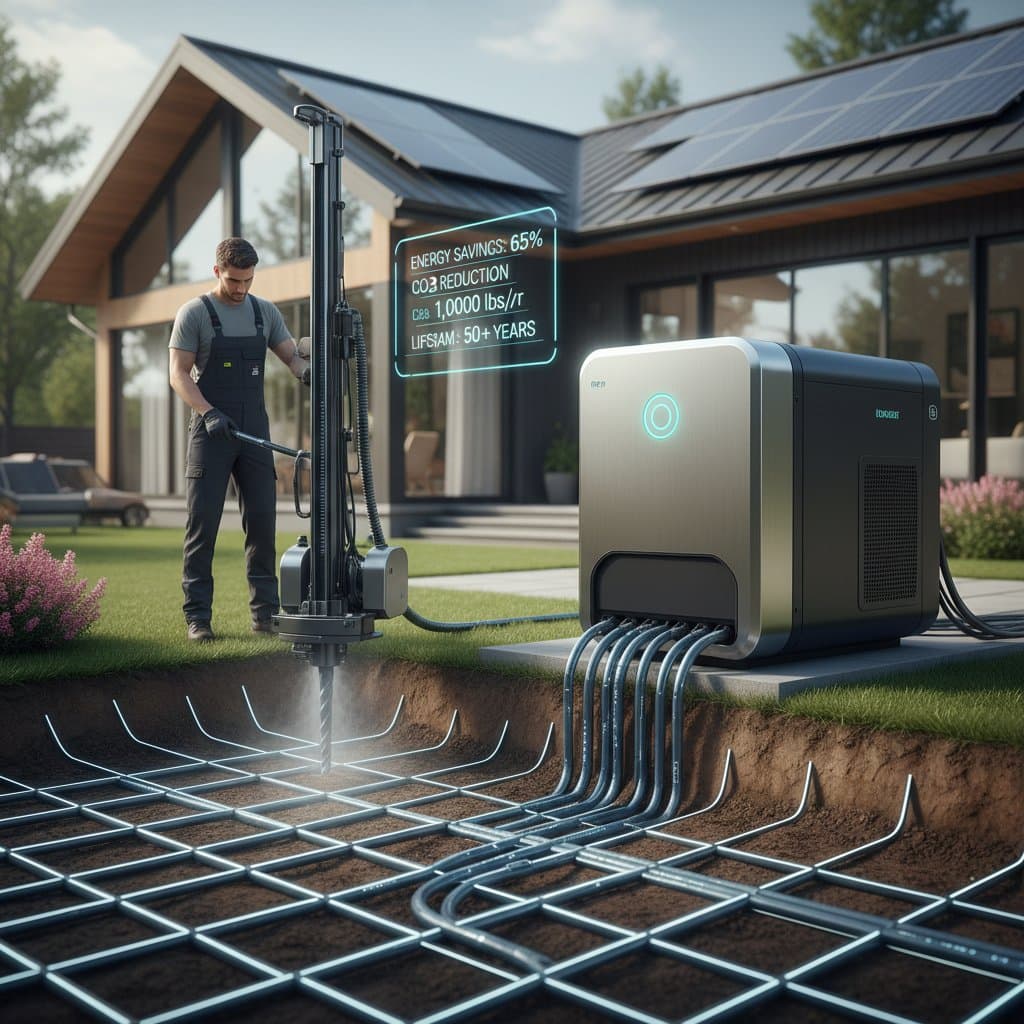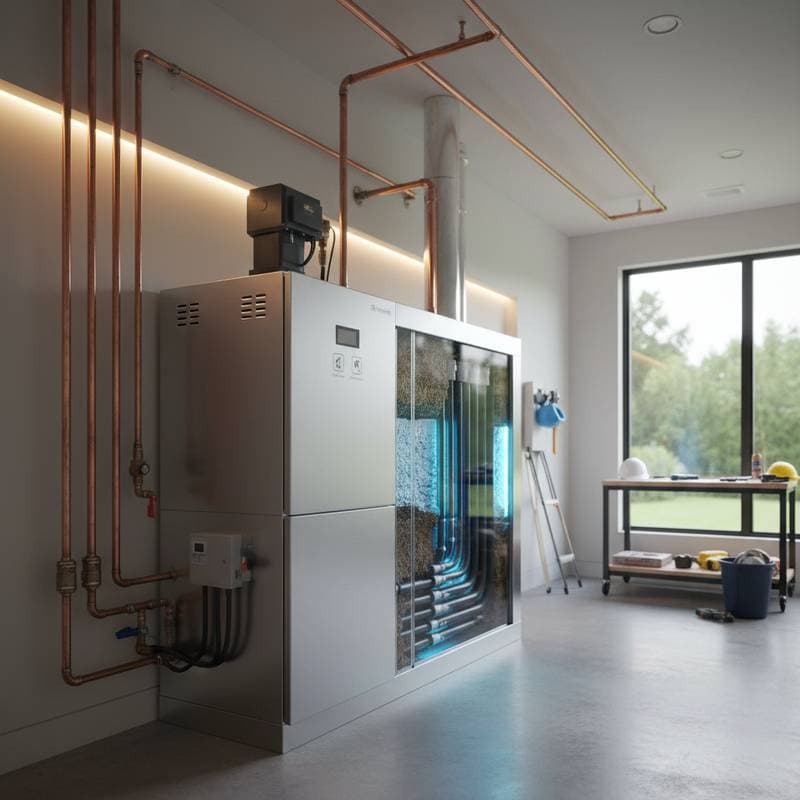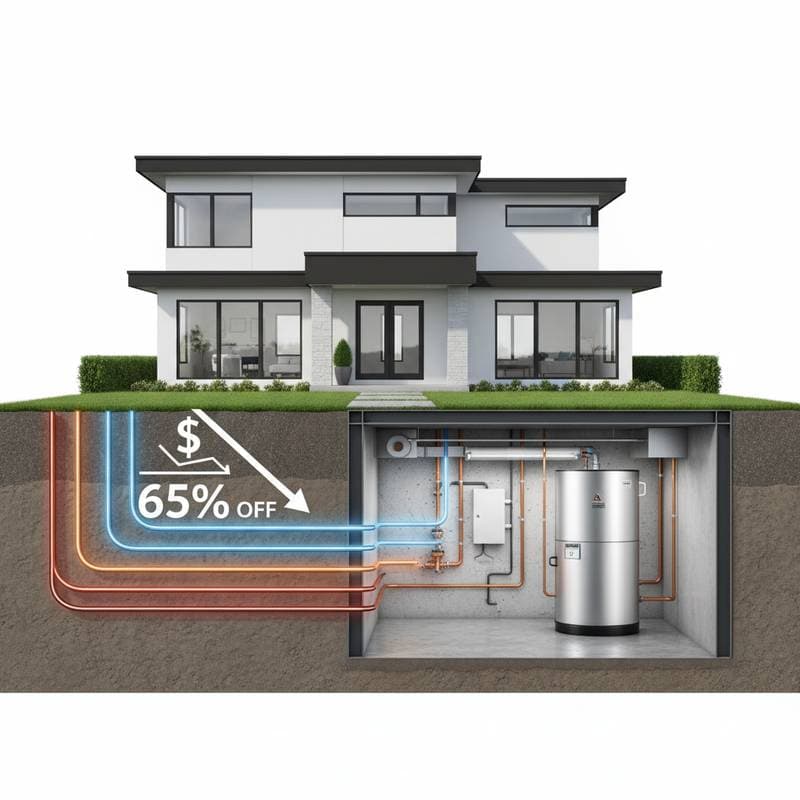Key Points
- Federal tax credits for 2025 expand eligibility for home heating upgrades, significantly lowering initial expenses.
- Geothermal heat pumps provide sustained energy reductions alongside reliable, low-noise operation throughout the year.
- Grasping eligibility criteria, installation considerations, and return timelines enables maximization of incentives and financial returns.
- Selecting certified equipment and experienced professionals ensures compliance for complete credit qualification.
- Integrating geothermal setups with complementary technologies, such as solar arrays or radiant flooring, enhances overall efficiency and cost benefits.
The Growing Importance of Tax Credits
Heating and cooling represent over half of typical household energy consumption. Conventional systems depend on fossil fuels, which experience price volatility and efficiency decline over time. Geothermal systems utilize the consistent underground temperature to exchange heat efficiently, avoiding the need for fuel combustion.
Current tax credits cover a substantial portion of installation expenses for eligible geothermal setups. This financial support transforms previously prohibitive projects into feasible options. Beyond immediate affordability, these installations promote reduced emissions and support grid stability as more households adopt renewable solutions.
The economic advantages prove substantial. Property owners often recoup investments through energy bill reductions within a few years, with credits hastening this process. Systems endure for decades under routine care, yielding cumulative savings in the tens of thousands of dollars.
Analyzing Costs and Returns
Residential geothermal installations generally range from $18,000 to $35,000, influenced by system scale, design intricacy, and site geology. This figure encompasses excavation, components, and professional labor. Tax incentives can diminish the effective outlay by as much as one-third.
Consider a $27,000 installation. After applying the credit, the adjusted cost falls to approximately $18,000. With annual heating and cooling expenses decreasing from $2,400 to $800, yearly savings reach $1,600, leading to full recovery in about 11 years. Subsequent years deliver unmitigated gains.
Maintenance demands remain modest relative to conventional alternatives, thanks to enclosed components and fewer mechanical elements. The buried loop endures beyond 50 years, while the primary unit operates effectively for 20 to 25 years.
Energy-efficient upgrades also elevate property appeal. Such homes draw interested buyers and secure premium sale prices, fostering enduring asset growth regardless of immediate relocation plans.
Key Influences on Installation
Geothermal projects vary by site, yet common elements shape expenses and outcomes.
- Soil Thermal Properties: Sandy or gravelly soils conduct heat more readily than dense clay; preliminary tests guide loop dimensions and layouts.
- Water Resource Access: Areas with ample groundwater permit open-loop designs, which boost efficiency but require steady supply.
- Regional Climate: Temperate zones yield peak performance; harsher winters may necessitate hybrid models with supplemental heating.
- Local Electricity Pricing: Favorable rates accelerate returns, though superior efficiency mitigates impacts in pricier markets.
- Professional Qualifications: Engage installers certified by organizations like IGSHPA or NATE to guarantee optimal engineering, execution, and paperwork for incentives.
Efficiency and Environmental Advantages
Geothermal technology minimizes carbon outputs by eliminating on-site fuel burning, focusing instead on heat relocation. This method attains efficiencies of 300 to 500 percent, delivering three to five times the thermal output per unit of electrical input.
Coupling with solar photovoltaic systems offsets operational power needs effectively. Many integrate radiant underfloor heating for uniform, comfortable distribution.
Air quality enhancements follow naturally. Absent combustion byproducts like carbon monoxide, these systems sustain balanced humidity levels, supporting health and minimizing winter dryness issues.
The durable, low-intervention design curbs long-term resource use. Buried loops operate undisturbed for generations, avoiding frequent replacements and associated environmental costs.
Frequently Asked Questions
How can I determine if my site suits geothermal installation?
Engage a certified professional for a comprehensive evaluation, including soil analysis, available space review, and capacity calculations. Compact properties frequently support vertical loop configurations.
Do these systems perform in extreme cold?
They do, with ground temperatures stabilizing below the frost line for reliable function. Designs in severe climates incorporate backup elements for peak demands.
What maintenance does a geothermal system require?
Routine tasks include filter replacements and yearly professional checks. The sealed loop design prevents contamination and extends component life.
Can geothermal handle both heating and cooling?
Yes, the unit reverses its cycle seasonally, extracting indoor heat in summer for ground dissipation while providing warmth in winter.
What steps are needed to obtain the tax credit?
Retain installer records, such as certifications and receipts. Submit the relevant federal energy credit form during tax preparation; professional advice ensures proper handling.
Is geothermal viable for compact residences?
Certainly, as scalable units match smaller demands with proportional costs and high efficiency, delivering proportional long-term advantages.
Should I attempt self-installation to cut expenses?
Professional involvement is essential. Specialized tools and expertise in drilling, refrigerant management, and system integration safeguard performance, safety, and incentive access.
Steps to Launch Your Geothermal Upgrade
Generous incentives paired with enduring savings and consistent comfort position geothermal as a premier residential enhancement. Thoughtful preparation converts apparent hurdles into strategic gains.
Assess your site's geology and usage patterns first. Solicit proposals from accredited specialists, inquiring about tailored sizing, loop options, and projected timelines. Explore synergies with solar or radiant elements to amplify results.
View this investment as foundational to a serene, eco-conscious living space. Reliable performance endures without disruption, drawing from earth's reliable reserves. With accessible credits, the path to efficiency aligns seamlessly with modern priorities.
These choices extend benefits community-wide: reduced energy demands, enhanced asset values, and lighter ecological impacts. Such progress sustains rewards across seasons and generations.

